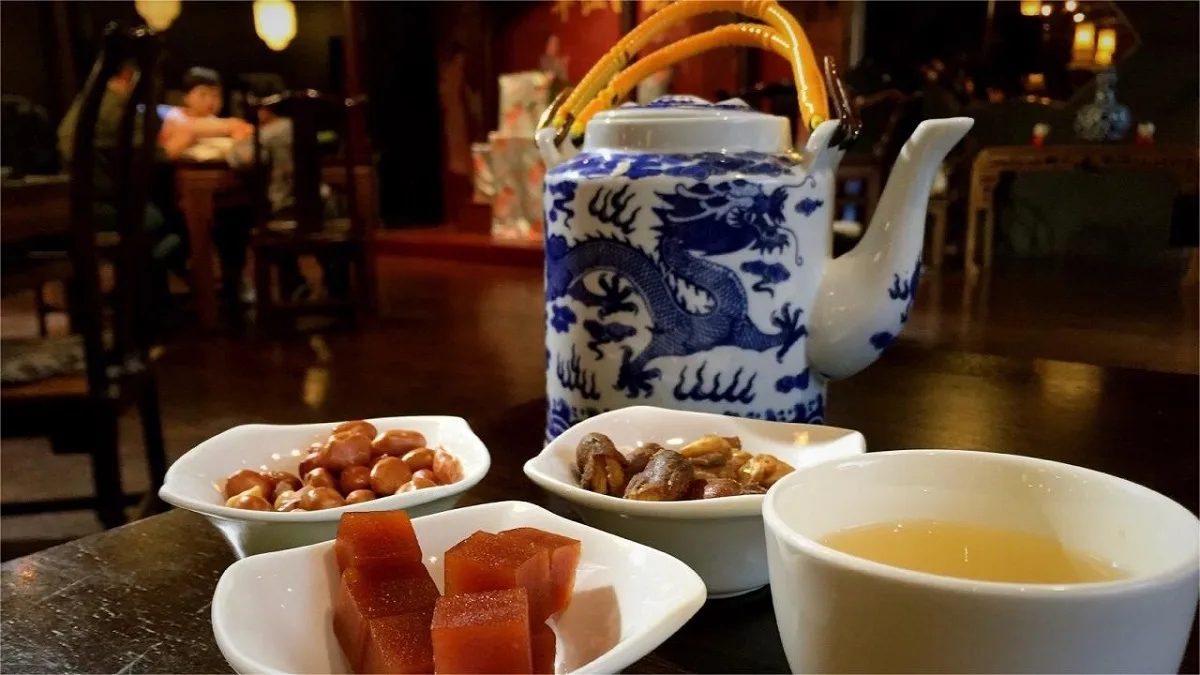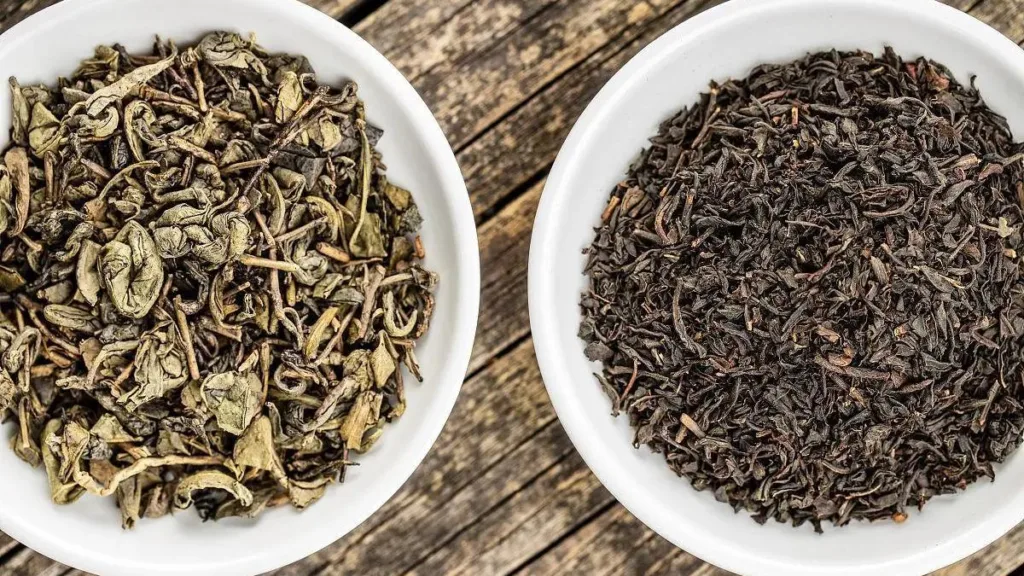The sweet tea served at Chinese restaurants is commonly known as “Chinese sweet tea” or simply “Chinese tea.” This beverage holds a special place in the culinary culture of Chinese dining establishments, both in China and around the world. Unlike the traditional Chinese tea varieties, such as green tea or oolong tea, Chinese sweet tea is a distinctly Westernized adaptation.
Chinese sweet tea is typically a black tea, often served iced, and sweetened with sugar or sometimes honey. It embodies a delightful balance of robust tea flavor and sweetness, making it a refreshing and popular choice among patrons. The preparation method may vary among different restaurants, but the core elements remain consistent — black tea, ice, and sweetener.
The origins of sweet tea in Chinese restaurants can be traced back to the fusion of Chinese and Western culinary influences. Many Chinese restaurants cater to a diverse clientele, and the incorporation of sweet tea into their beverage offerings aligns with the Western preference for iced and sweetened teas. This adaptation has become a staple in the beverage menu, complementing the savory and sometimes spicy flavors of Chinese cuisine.
The popularity of Chinese sweet tea extends beyond Chinese restaurants, as it has become a recognizable and beloved drink in the broader context of Westernized Asian cuisine. Its widespread appeal lies in its ability to quench thirst while providing a pleasant contrast to the bold flavors of Chinese dishes. Whether enjoyed during a casual meal or as a refreshing accompaniment to dim sum, Chinese sweet tea has carved out its own niche in the diverse world of tea varieties.



